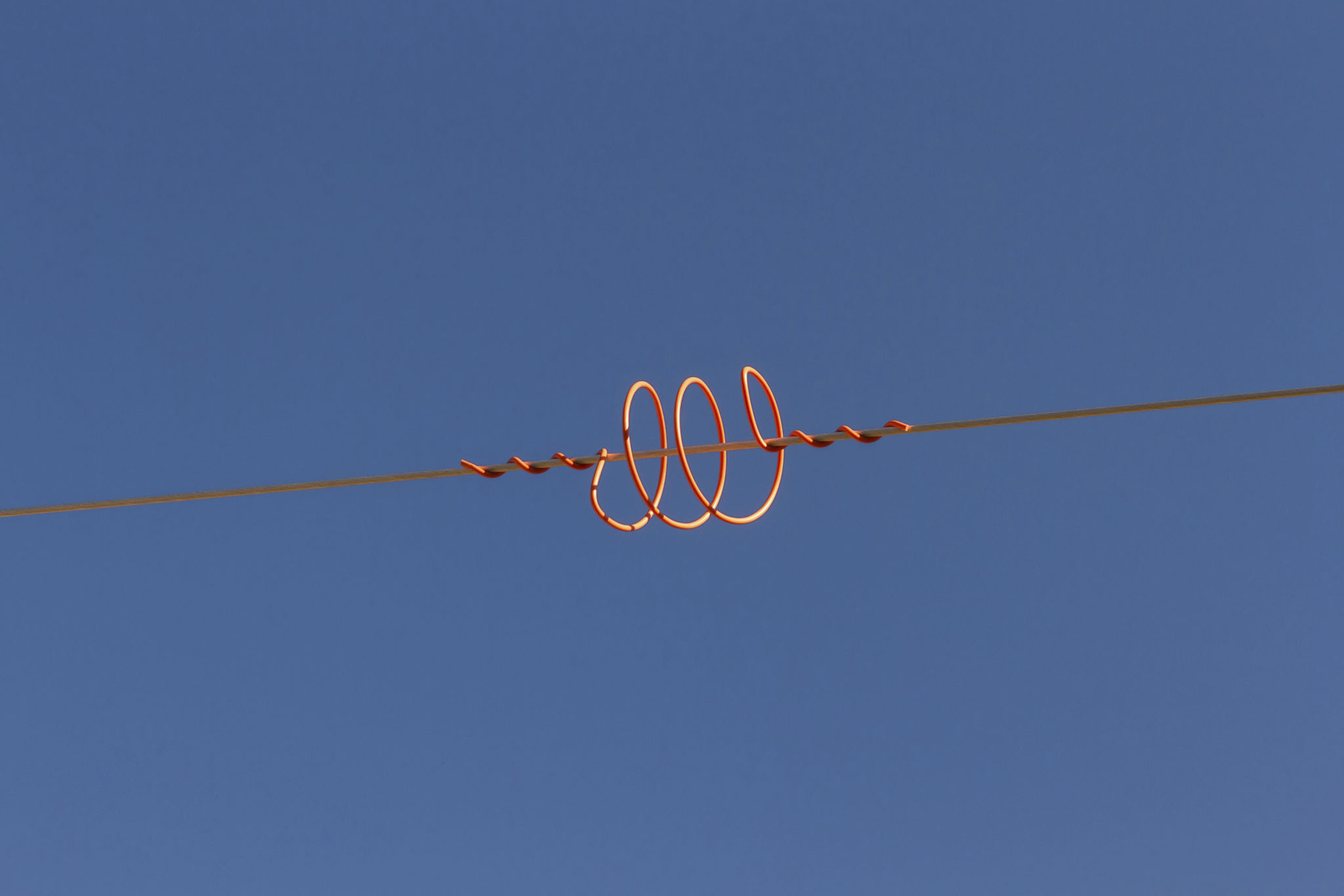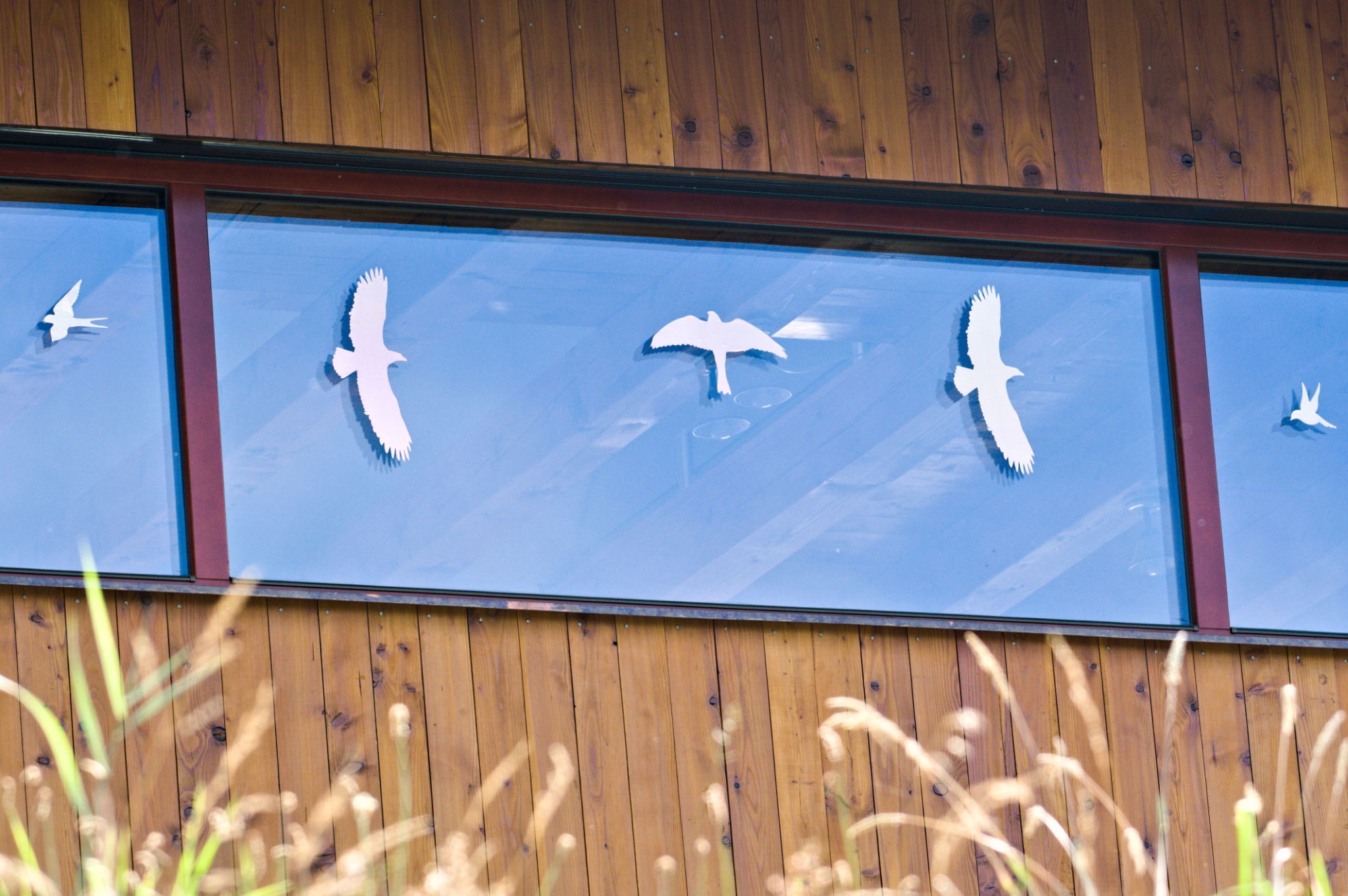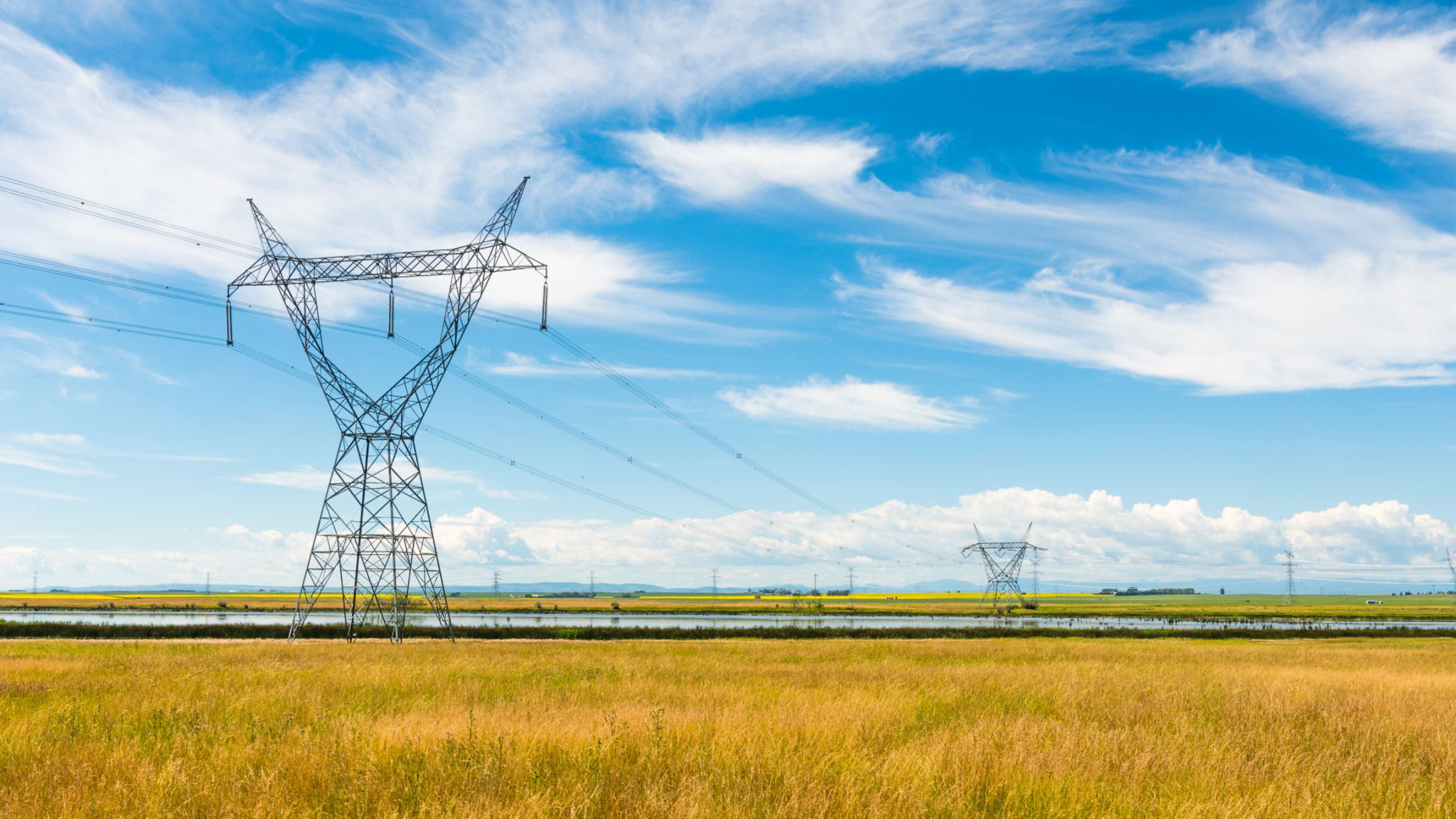The Role of Bird-Flight Diverters in Ensuring Uninterrupted Power Supply
Understanding Bird-Flight Diverters
Bird-flight diverters are innovative devices designed to prevent birds from colliding with power lines. These small yet effective tools play a crucial role in protecting avian wildlife and maintaining the integrity of electrical infrastructure. By making power lines more visible to birds, diverters help reduce the risk of collisions that could lead to power outages.
Collisions between birds and power lines can have significant consequences, not only for the birds but also for power supply systems. Such incidents can cause disruptions, leading to outages and expensive repairs. By installing bird-flight diverters, utility companies can ensure a more reliable and uninterrupted power supply.

How Bird-Flight Diverters Work
Bird-flight diverters are typically attached to power lines at intervals, creating a visual marker that alerts birds to the presence of the wires. These markers are often brightly colored or reflective, catching the attention of birds as they approach. Some diverters even incorporate movement or light to enhance visibility further.
The effectiveness of these devices lies in their ability to mimic natural elements that birds would instinctively avoid. By appearing as obstacles, diverters encourage birds to alter their flight paths, thereby avoiding potential collisions with power lines.

The Environmental Impact
Bird-flight diverters are not only beneficial for power companies; they are also crucial for wildlife conservation. Collisions with power lines can be devastating for bird populations, particularly for endangered species. By reducing these incidents, diverters contribute to the preservation of biodiversity and the protection of avian species.
Furthermore, the use of bird-flight diverters aligns with environmental sustainability goals. By protecting wildlife and preventing power disruptions, these devices support a harmonious balance between human infrastructure and natural ecosystems.

Implementation and Maintenance
Implementing bird-flight diverters is a straightforward process that involves attaching them to existing power lines. Utility companies can choose from a variety of designs and materials to suit their specific needs and environmental conditions. Regular maintenance ensures that the diverters remain effective over time.
Utility companies often conduct periodic inspections to ensure that the diverters are securely attached and functioning as intended. This proactive approach helps maintain the reliability of power systems while continuing to protect bird populations.
The Broader Benefits
Beyond wildlife conservation and infrastructure protection, bird-flight diverters offer several broader benefits. These include:
- Cost Savings: By preventing collisions and outages, utility companies can save on repair costs and minimize revenue losses.
- Public Relations: Demonstrating a commitment to environmental protection enhances the public image of utility companies.
- Regulatory Compliance: Many regions have regulations in place to protect wildlife, and using bird-flight diverters helps companies comply with these laws.
Overall, bird-flight diverters represent a small investment with significant returns for both power providers and the environment. As technology advances, these devices continue to improve in design and efficiency, offering even greater protection for our avian friends and critical infrastructure.
